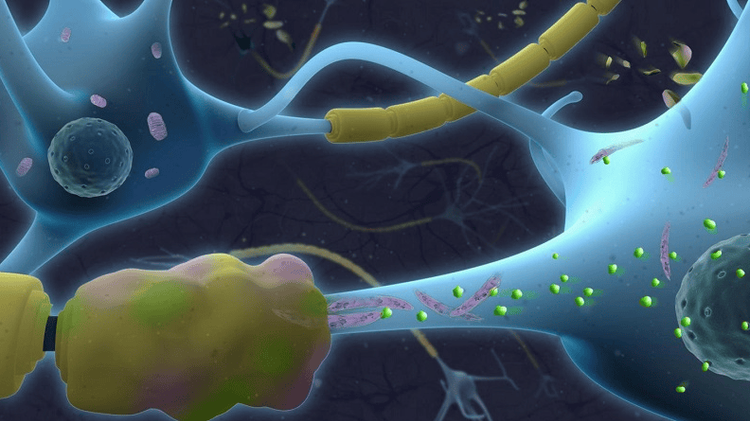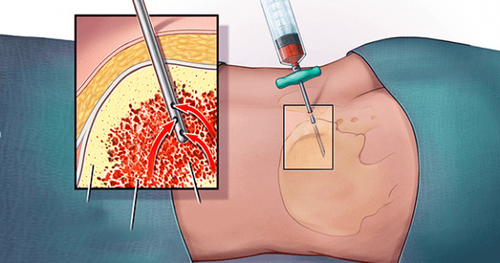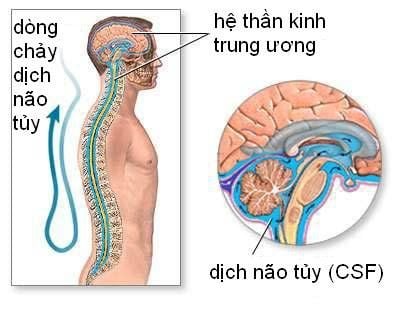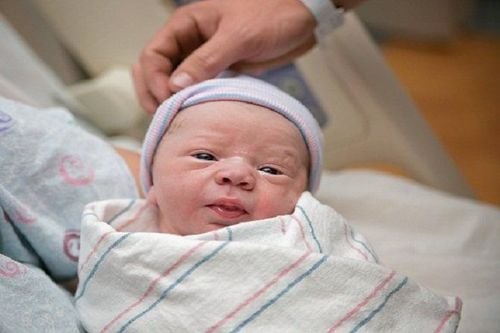This is an automatically translated article.
Spinal headache is a common complication after lumbar puncture or anesthesia. To help the patient avoid complications, the person preparing for the procedure needs to learn about the causes and symptoms to develop preventive measures and reduce post-procedure pain.
1. Overview of spinal headaches
Spinal headaches often occur after lumbar puncture or spinal anesthesia. Both procedures require puncture of the dura mater surrounding the spinal cord to obtain a sample of cerebrospinal fluid to check on health, or an injection of medication to numb the nerves that control the activity of the lower half of the body.
However, if cerebrospinal fluid leaks through the puncture site, it may be the cause of a spinal headache. Most spinal headaches go away on their own without treatment except for severe pain that lasts 24 hours or more.
2. Spinal headache symptoms
Spinal headache symptoms include:
A dull, throbbing pain that varies in intensity from mild to very severe, beyond what can be tolerated Pain varies with position: It is often painful gets worse when sitting up or standing and decreases or disappears when lying down

Những cơn đau âm ỉ hoặc thay đổi theo tư thế rất có thể là đau đầu cột sống
Spinal headache is often accompanied by a number of different symptoms:
Dizziness Tinnitus Hearing loss Blurry or double vision Sensitivity to light (photophobia) Nausea and vomiting Neck pain or stiffness Accordingly, you should see a doctor for a spinal headache if a headache occurs after tapping on the area of the spine being punctured or anesthetized, especially the pain worsens when changing positions. sitting or standing position.
3. Causes of spinal headaches
Spinal headache is a complication that occurs due to leakage of cerebrospinal fluid through the dural perforation following lumbar puncture or spinal anesthesia. The drainage of CSF through the dural puncture reduces intracranial pressure, leading to headache.
Rò rỉ dịch não tủy qua lỗ chọc ở màng cứng là nguyên nhân gây đau đầu cột sống
Spinal headache usually occurs within 48 hours of lumbar puncture or anaesthesia. Some cases of epidural anesthesia can also cause spinal headaches due to unintentional dural puncture.
4. Risk factors
Risk factors for spinal headache include:
People aged 18 to 30 years Female subjects Pregnant women People with a history of chronic headaches History of lumbar puncture with fine needles large size or many perforations in the dura. People with low body mass index Headaches of the spine are a common complication, so when you have signs of the disease, you should go to a medical facility for diagnosis. diagnosis and treatment, avoiding potentially dangerous complications.
Vinmec International General Hospital is the address for examination, treatment and prevention of diseases, including Neurology. When performing the examination process at Vinmec, customers will be welcomed and used modern facilities and equipment along with perfect medical services under the guidance and advice of experts. Good doctors, well-trained both at home and abroad.
Please dial HOTLINE for more information or register for an appointment HERE. Download MyVinmec app to make appointments faster and to manage your bookings easily.
Reference source: mayoclinic.org













